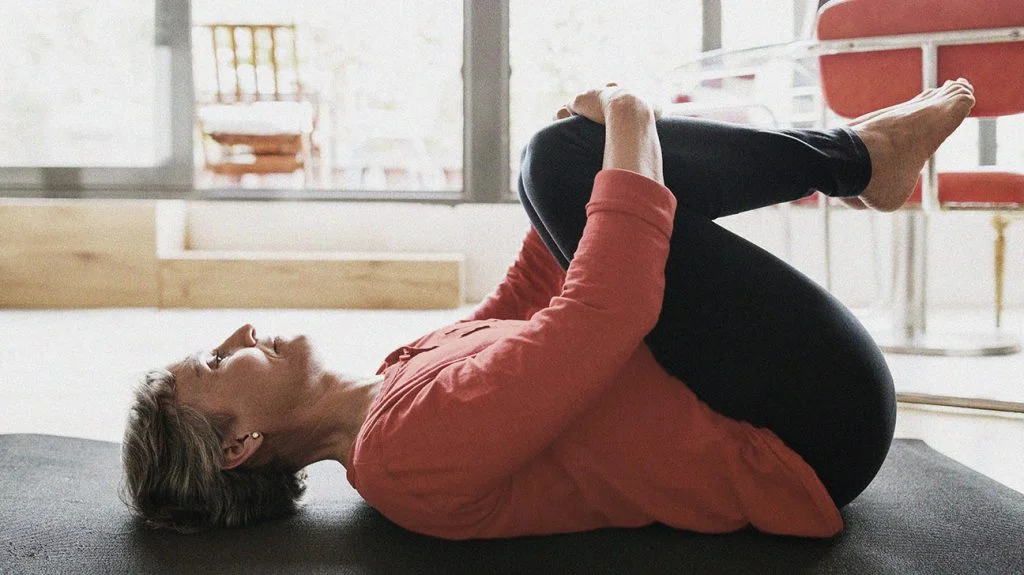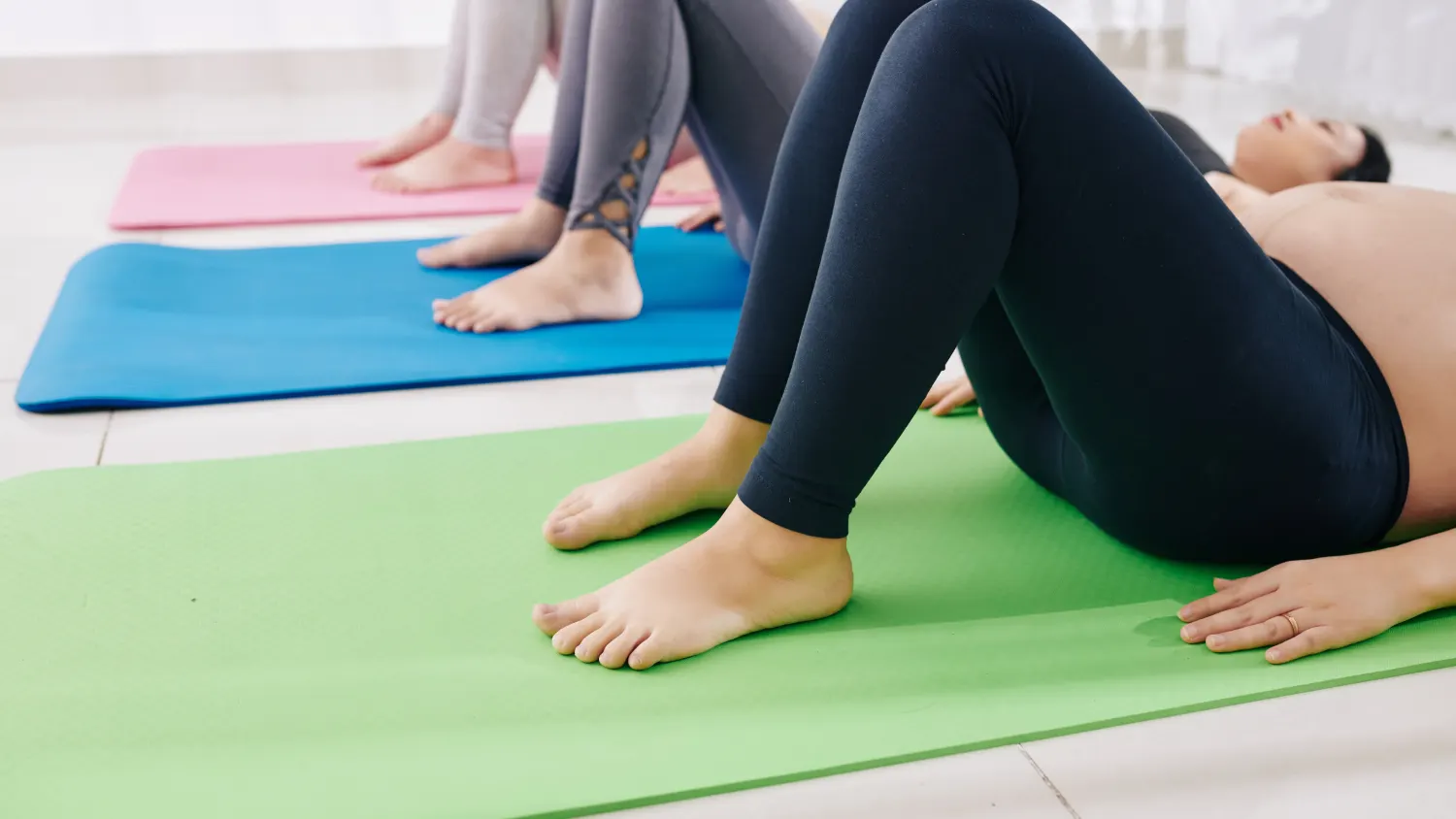Pelvic floor exercises are often viewed as only necessary for women post-childbirth or those facing incontinence issues. However, these exercises are vital for everyone, regardless of age or circumstances. Vanessa Michielon, an expert in Pilates, yoga, and dance, emphasizes that pelvic floor exercises offer both preventive and rehabilitative benefits, making them essential at all life stages. Strengthening the pelvic floor can enhance core stability, support bladder control, and even improve sexual experiences.
The importance of pelvic floor strength is particularly pronounced for women entering midlife. Michielon points out that hormonal changes, especially during and after menopause, can weaken pelvic floor muscles due to decreased estrogen levels. This weakening can lead to issues like urinary leakage and diminished quality of life. Targeted pelvic floor exercises can help counteract these effects, improving bladder control and overall well-being.

For those looking to incorporate pelvic floor exercises into their routines, Michielon recommends a specific exercise that can be done with a small Pilates ball. This exercise is accessible to individuals of all ages and fitness levels, making it an easy addition to any warm-up or cool-down. It helps the pelvic floor muscles move through their full range of motion, from relaxation to contraction, while also promoting deeper and more effective breathing patterns.
To perform this exercise, one can sit on a small Pilates ball or in any comfortable position that allows for a lengthened spine. The process begins with inhaling gently through the nose to relax the pelvic floor. During exhalation, one should consciously draw the pelvic bones together and upward towards the belly button, incorporating a pause at the end of each breath to feel the contraction. Michielon advises repeating this movement eight to ten times and aims to perform it two to three times a week for optimal results.
Integrating pelvic floor exercises into regular routines is simple and beneficial. These exercises can be performed easily and can greatly contribute to improved pelvic health, particularly during significant life changes such as aging and hormonal shifts. By prioritizing pelvic floor strength, individuals can enhance their quality of life and maintain better control over their bodies at every stage of life.
